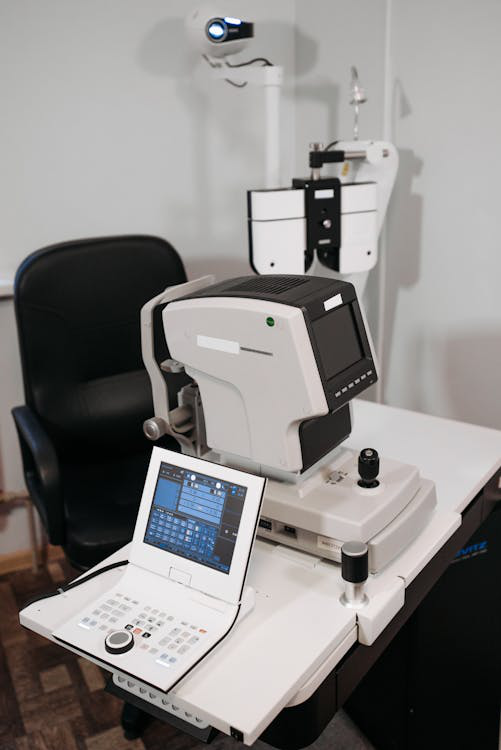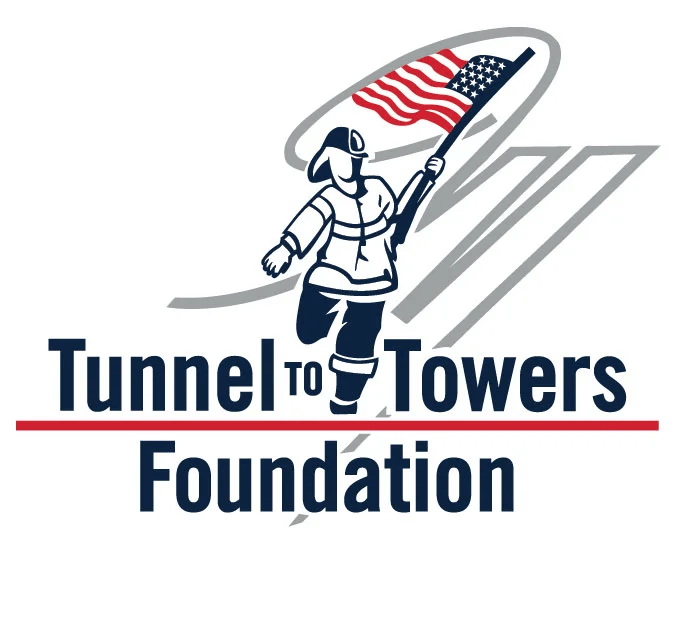In today’s dynamic and interconnected business landscape, the role of leadership has evolved beyond the traditional top-down approach. In this new era, where collaboration and cohesion are paramount, team-building leadership is a cornerstone for achieving success and excellence within organizations.
Let’s discuss team-building leadership as a management and leadership approach. We will focus on what it takes to create and lead teams that work cohesively to achieve common goals and objectives.
What is Team-Building Leadership?
This form of leadership style involves the development of strategies, tactics, and a conducive environment that enables team members to collaborate, communicate effectively, and contribute their skills and strengths to achieve greatness as a group. Leadership development is necessary for the growth of future leaders.
Learn how to de-risk your team-building process with Rep-Lite! Rep-Lite provides everything you need to level up your medical sales, clinical, and service teams. We’ll find you high-quality talent quickly. Then, if you love working with them, you can convert them to a direct hire after a year.
Why is Team-Building Leadership Important?
Different team-building leadership styles can foster a sense of unity and cooperation among team members. When individuals work together cohesively, they can achieve more than they would individually.
Effective team-building leaders facilitate open and transparent communication within the team and can help manage and resolve conflicts within the team. When team members feel valued, heard, and involved in decision-making processes, brainstorming, sharing of ideas, and creative problem-solving, they tend to be more engaged and motivated.
Benefits of Team-Building Leadership
The right team-building leadership styles can help create a strong sense of belonging and unity among team members. This cohesion can improve teamwork and collaboration. When teams work cohesively and efficiently, they can accomplish tasks more quickly and effectively, leading to increased productivity. Rep-Lite can show you how to revolutionize recruitment for reduced time-to-hire.
Rep-Lite can take care of recruiting, hiring, and onboarding. So you can focus on achieving your sales goals. With over 30 years in the medical staffing and recruiting industry, we have learned how to bring you a modernized solution. One that produces medical sales talent quickly and also takes the risk out of the equation, giving you more peace of mind.
Our recruits understand that by involving team members in decision-making processes, team-building leadership can lead to more informed and well-rounded decisions. And they are prepared. This also allows team members with diverse skills, leadership styles, and experiences to tackle complex problems more effectively, leading to better solutions and the blossoming of future leaders.
How To Be an Effective Team-Building Leader?
The power of effective team-building leadership has never been more significant than it is now. But what does it take to be an effective team-building leader, and why is it so critical in today’s dynamic environment? Effective team-building leaders can:
- Lead by Example: Demonstrate the leadership behaviors, communication skills, critical thinking, and work ethic you expect from your team members. Show commitment, accountability, and a strong work ethic.
- Clear Communication: Communicate your expectations, goals, and objectives clearly and regularly. Effective leadership encourages active listening as well as open and honest communication within the team.
- Delegate Responsibility: Assign tasks and responsibilities to team members based on their skills and strengths. Trust your team to accomplish their tasks and give them autonomy. This maximizes efficiency and is how future leaders are born.
- Foster Collaboration: Create opportunities for team members to collaborate and share ideas. Encourage active listening, brainstorming, group discussion, group problem-solving, and leadership team-building activities.
- Recognize and Reward: Effective leadership acknowledges and rewards team members for their contributions and achievements. Recognizing their efforts can boost morale and motivation as well as encourage future leaders.
- Provide Support: Offer support and resources to help your team succeed. Remove obstacles and provide guidance when needed.
- Resolve Conflicts: Address conflicts promptly and impartially. Act as a mediator when necessary and work to find constructive solutions.
- Continuous Improvement: Encourage a culture of learning and development. Provide opportunities for training and skill enhancement to help team members grow both individually and as a team. This is how you build a winning team.
- Feedback and Evaluation: Regularly assess team performance and provide constructive feedback. Use these evaluations to make necessary adjustments and improvements.
How To Plan a Successful Leadership Team-Building Event?

Start by determining the specific goals and objectives of the leadership team-building event. What skills or aspects of leadership are you aiming to improve? Once decided, choose leadership team-building activities that align with the identified objectives. Ensure that the leadership team-building activities are engaging and relevant to leadership development.
Now set the date and location for the event, ensuring it doesn’t interfere with critical work or deadlines. You should consider hiring an experienced facilitator who can guide the team through the activities and discussions, ensuring they stay on track and meet the objectives.
With the details set, it’s now time to share the event’s agenda and objectives with participants well in advance so they can prepare mentally and physically. Then when that’s over conduct a debriefing session to discuss what was learned and how the lessons can be applied to daily leadership practices.
Team-Building Activities for Leadership
Team-building activities for leadership teams are designed to improve various aspects of leadership skills, such as communication, collaboration, problem-solving, and leadership development. They can come in the fun team-building leadership games or more goal-oriented leadership team-building activities. Here are some examples of activities for each of these categories:
Communication Team-Building Activities
From trust-building exercises to active listening games, these activities are designed to improve communication and understanding among team members, making them an ideal foundation for leadership development. Here are a few ways to explore communication team-building activities for leadership teams:
Two Truths and a Lie
In this icebreaker, team members take turns sharing two true statements and one false statement about themselves. The rest of the group must guess which statement is the lie, promoting active listening and getting to know one another.
Human Knot
Participants stand in a circle and extend their hands to grab the hands of two people across from them, creating a “human knot.” The group must then work together to untangle themselves without letting go of each other’s hands, emphasizing communication and problem-solving.
Charades
This classic game requires effective non-verbal communication as team members act out words or phrases without speaking, while their teammates guess the answer. Team building leadership games can come in many forms.
Team Charter
The leadership team collaboratively creates a team charter that outlines their purpose, goals, roles, and communication norms. This activity fosters clarity and alignment among team members.
SWOT Analysis
Team members conduct a SWOT (Strengths, Weaknesses, Opportunities, Threats) analysis of the team’s performance. This encourages open and honest communication about internal and external factors affecting the team’s effectiveness as well as effective leadership.
Values Clarification
This leadership activity allows team members to discuss and define the core values that guide their decision-making, promoting a shared understanding of what the team stands for.
Collaboration Team-Building Activities
Whether you’re seeking to break down communication barriers within your leadership team, enhance problem-solving capabilities, or simply create a more collaborative and harmonious work environment, these activities provide a valuable resource to nurture and strengthen leadership skills.
Escape Room
Participating in an escape room challenge encourages collaboration, problem-solving, and critical thinking. In this leadership activity, teams must work together to solve puzzles and riddles to “escape” within a set time limit.
Build a Bridge
Teams are tasked with building a bridge using limited materials, focusing on collaboration, creativity, and resource management to construct a functional bridge. These leadership exercises help teams learn leadership skills while promoting team bonding and group communication.
Rube Goldberg Machine
Teams work together to create a complex, multi-step machine (The Rube Goldberg Machine) to accomplish a simple task, promoting collaboration, creativity, and critical thinking.
Strategic Planning
Leadership teams engage in strategic planning exercises to set long-term goals and priorities. These in the form of leadership workshops, encourage collaboration in setting the direction of the organization.
Process Improvement
Group participants identify and work on improving existing processes within the organization. This leadership exercise promotes collaboration, efficiency, and the ability to make collective decisions. It also facilitates identifying potential leaders.
Innovation Challenges
Teams participate in team-building activities and leadership workshops that focus on innovation challenges or brainstorming sessions to encourage creative thinking and generate innovative solutions to organizational problems. This helps to develop leadership skills.
Problem-Solving Team Building-Activities

One key category of these activities revolves around problem-solving, a vital skill for any effective leader. These problem-solving team-building activities serve as a valuable platform for honing the ability to analyze complex issues, make informed decisions, and facilitate innovative solutions.
Case Studies
Team members analyze real or hypothetical situations, discussing potential solutions and their implications. This encourages critical thinking and decision-making.
Puzzles
Solving jigsaw puzzles, logic puzzles, or brain teasers as a team enhances problem-solving skills and fosters teamwork.
Mazes
Navigating through physical or virtual mazes promotes problem-solving, communication, and strategic thinking.
Crisis Management Simulation
Teams go through a simulated crisis scenario, forcing them to focus on leadership qualities, work together to develop a crisis response plan, and make critical decisions under pressure. Crisis management simulation as a type of team-building activity is key to identifying a future team leader from the group members.
Root Cause Analysis
Teams analyze complex problems by identifying their root causes, helping them develop effective problem-solving skills as well as leadership skills.
Decision-Making Exercises
Teams engage in team-building and decision-making exercises that require consensus-building, prioritization, and trade-off discussions, strengthening their decision-making processes.
Leadership Development Activities
Leadership development is not a static journey; it’s an ongoing process that thrives on experiential learning. Team-building leadership activities provide the perfect platform for leaders to gain hands-on experience and insight into their leadership style, strengths, and areas for improvement. These activities can range from enjoyable and interactive to more goal-oriented and strategic.
360-Degree Feedback
Team members provide feedback on each other’s performance and leadership qualities, allowing individuals to gain insight into their strengths and areas for improvement.
Role-Playing
Teams can engage in role-playing scenarios where they take on different leadership styles and leadership behaviors. This helps individuals practice leadership skills and gain empathy, among other leadership skills, for different leadership challenges.
Shadowing a Leader
Team members can shadow a senior team leader within the organization to gain firsthand experience, and learn their leadership skills, and different leadership styles, thus gaining insights into leadership responsibilities and decision-making.
Succession Planning
Teams discuss and plan for the future by identifying potential leaders within the organization, based on their leadership style, leadership skills, and leadership qualities. Creating a succession plan will ensure a smooth transition in leadership roles.
Summary
Team building leadership is a vital approach that fosters teamwork, communication, and collaboration within a group to achieve common goals. It is important because it improves team performance, communication, problem-solving, and innovation. Leadership team-building activities will help to identify each employee’s leadership skills, leadership style, and team leaders who stand above the rest as well as provide a base to work on developing leadership skills.
Rep-Lite can facilitate the incorporation of team-building leadership into your organization. We will provide you with rigorously reviewed candidates for quality leadership positions within your company. Our candidates are screened, interviewed and background checked to save you valuable time. We believe in helping you to build stronger teams, with essential leadership skills that can be used to drive your organization’s success.
Remember, a united, well-led team is a force to be reckoned with. So, get out there and start building greatness!






























